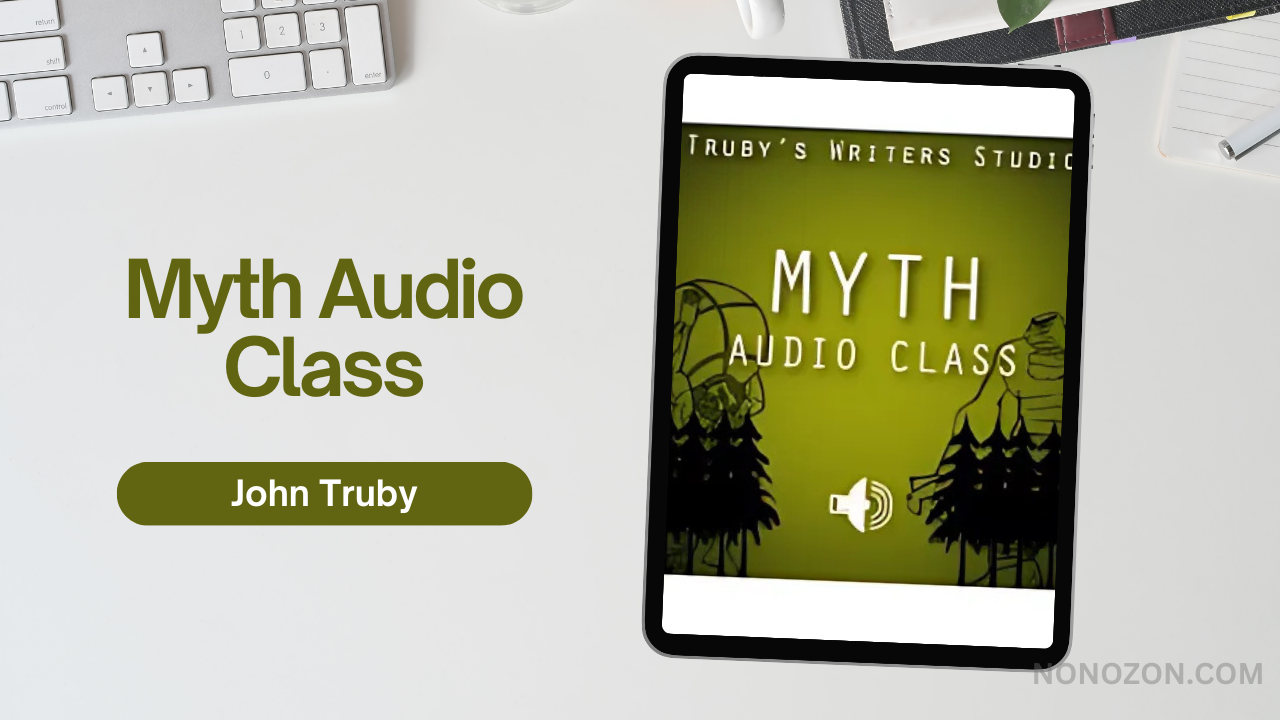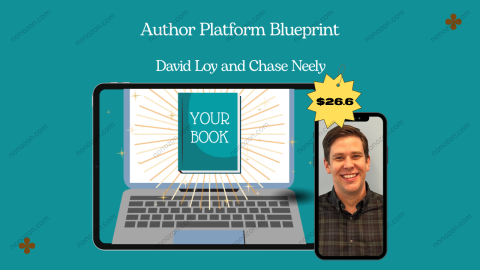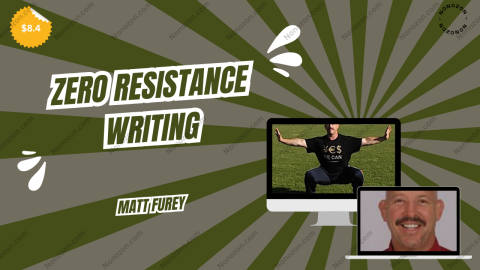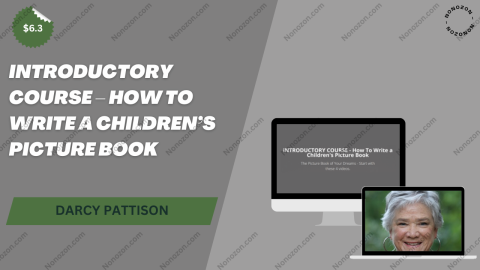Myth Audio Class
by John Truby
A Deep Dive into John Truby's Myth Audio Class
Check proof of content here:

In the world of storytelling, myths serve as enduring blueprints that transcend cultural boundaries and strike a deep chord with audiences. John Truby’s Myth Audio Class is designed for writers eager to tap into the power of mythological storytelling. Whether applied to film, literature, or other forms, Truby—an expert in narrative design—guides writers in uncovering the essential elements that give rise to captivating, myth-infused tales. The course covers various archetypes, plot structures, and thematic elements, creating a framework of meaning that resonates with diverse audiences. In this review, we’ll dive into the key aspects of Truby’s audio class, analyze its strengths and weaknesses, and offer recommendations for prospective participants.
Understanding the Essence of Myth
The Significance of Myths
Truby asserts that myths are more than ancient stories; they represent a fundamental template for the human experience. Myths capture the struggles, victories, and ethical dilemmas that define what it means to be human. By engaging with these mythic structures, writers gain access to universal truths that resonate across different times and cultures. This understanding of myth allows modern storytellers to craft narratives that feel both timeless and relevant.
Through this course, participants develop a deeper grasp of how myths function within narratives. Exploring seven major archetypes like the Hero, the Mentor, and the Shadow provides a roadmap for building characters that reflect the complexity of human nature. These archetypes serve as emotional anchors, making characters relatable and engaging for audiences.
Distinguishing Myth from Other Story Forms
Truby makes a clear distinction between myths and other types of stories. While many stories focus on immediate engagement or entertainment, myth-based narratives aim for deeper goals—they seek to impart wisdom, challenge perspectives, and inspire transformation. Unlike traditional plots that often revolve around specific conflicts or resolutions, myths tackle expansive themes that examine the very nature of existence.
Key differences include:
Broader Themes: Myths tend to address vast existential questions, whereas traditional stories may concentrate on more specific objectives.
Cyclical Narratives: Many myths follow cyclical patterns, symbolizing the recurring challenges of life.
Cultural Transcendence: Myths resonate across various cultures, revealing shared elements of human experience, no matter the origin.
Course Breakdown: What You Will Learn
Core Elements of Mythological Storytelling
John Truby's Myth Audio Class offers an extensive exploration into the structure of mythological narratives. Participants engage with the course through a series of modules that deconstruct key storytelling elements. The most important include:
Character Archetypes: A thorough understanding of the seven archetypes and their interaction within a story.
Plot Structures: Analyzing the 15 distinct plot beats that define mythic storytelling.
World Building: Learning how to create immersive story worlds, complete with unique rules, cultures, and moral codes.
By mastering these components, writers are equipped to create narratives that connect emotionally and intellectually with audiences.
Contemporary Relevance of Myths
A particularly fascinating aspect of Truby’s course is its discussion of how myths have adapted to modern storytelling. As myths evolve, they continue to influence contemporary narratives in films and novels. Truby references popular franchises like Star Wars and The Lord of the Rings, which draw heavily from mythological structures. He emphasizes that understanding these mythic frameworks enriches a writer's storytelling capabilities, allowing them to craft stories that are both compelling and meaningful.
This blending of ancient myth with modern storytelling techniques underscores the ongoing relevance of myth in contemporary narratives. By completing the course, participants gain the tools to incorporate timeless themes into their own works, making them resonate with modern audiences.
Participant Experiences and Value Assessment
Pros and Cons of the Myth Audio Class
While the Myth Audio Class receives praise for its depth and thoroughness, feedback from participants is mixed. Here are some of the common points raised:
Pros:
Comprehensive Content: Participants often highlight the course’s depth, appreciating the detailed exploration of archetypes and plot structures, which provides a strong foundation for myth-based storytelling.
Accessibility: The audio format allows for flexibility, making it easy for writers to learn while on the go.
Practical Guidance: Many learners appreciate the course’s focus on practical techniques that can be directly applied to their writing projects.
Cons:
Cost Concerns: Some reviews mention that while the course is beneficial, it might feel pricey compared to the wealth of knowledge found in Truby’s written works.
Learning Preference: A few participants note that they might absorb information better through written material rather than audio, suggesting that the audio format may not suit all learning styles.
Recommendations for Writers
For those considering enrollment, here are some key points to evaluate:
Assess Your Learning Style: If you are an auditory learner who values flexibility, this course could be a good fit for you.
Compare Truby’s Written Works: It might be worth exploring Truby’s books to see if they offer similar insights at a lower price point.
Purpose of Study: If your goal is to gain a deep understanding of myth as a narrative tool, this course provides a solid foundation for your writing endeavors.
The Offering: A Closer Look at Course Structure
The course is organized to provide a smooth, engaging learning experience. With its thoughtful design, the modules encourage critical thinking and creativity. The structure is as follows:
| Module | Content Overview |
|---|---|
| Introduction to Myths | Explore the essence of myths and their relevance |
| Archetypes of Myth | Detailed study of the seven archetypes in myths |
| Mythic Plot Structures | Dissect the 15 essential plot beats for myth |
| Creating Story Worlds | Guidance on crafting immersive and believable settings |
| Contemporary Myths | Analyze modern uses of myth in popular narratives |
This well-structured approach fosters a deeper understanding, enabling participants to engage with the material and apply it effectively to their own storytelling.
Conclusion
John Truby's Myth Audio Class is a valuable resource for writers seeking to explore the timeless power of myth in storytelling. While the course provides extensive insights into narrative creation through myth, potential participants should weigh the cost of audio learning against the availability of similar content in written form. For those looking to enhance their myth-based storytelling, Truby’s class offers a rich array of techniques and ideas that can help shape stories that resonate with universal themes and modern audiences. This course not only deepens participants’ understanding of storytelling but also empowers them to create narratives with enduring significance.
Related products
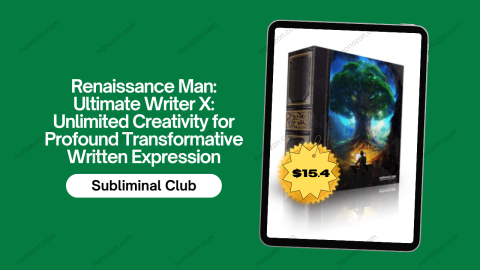
Renaissance Man: Ultimate Writer X: Unlimited Creativity for Profound Transformative Written Expression
by Subliminal Club
$34.00
$15.40

